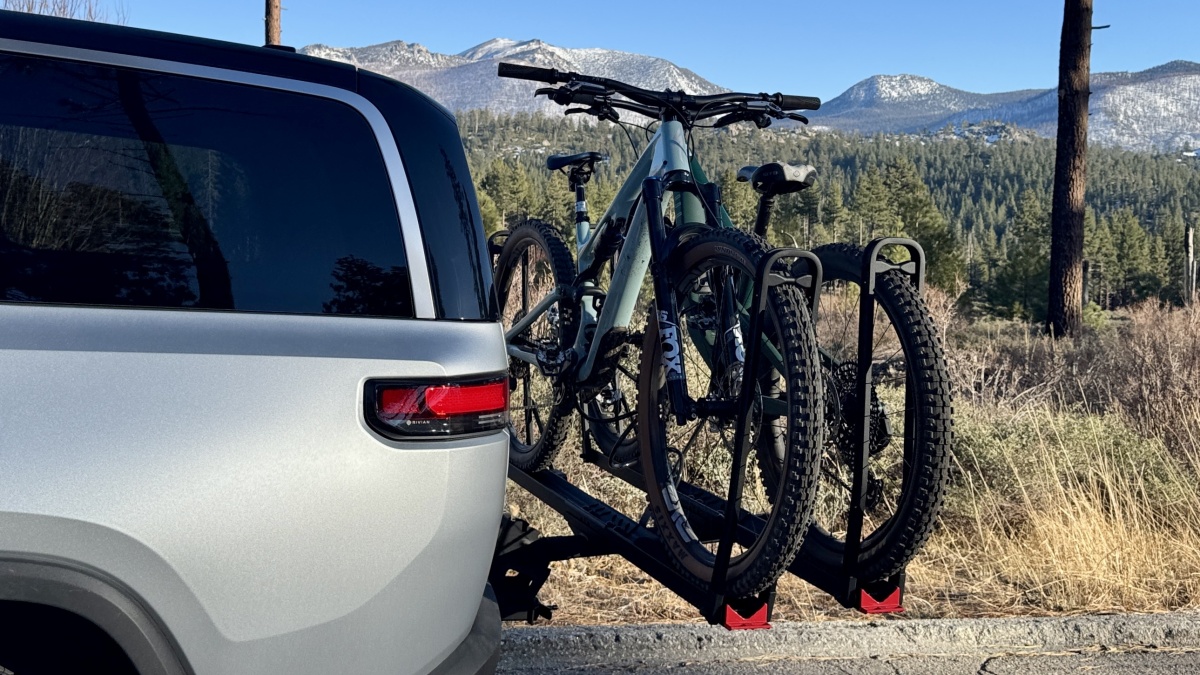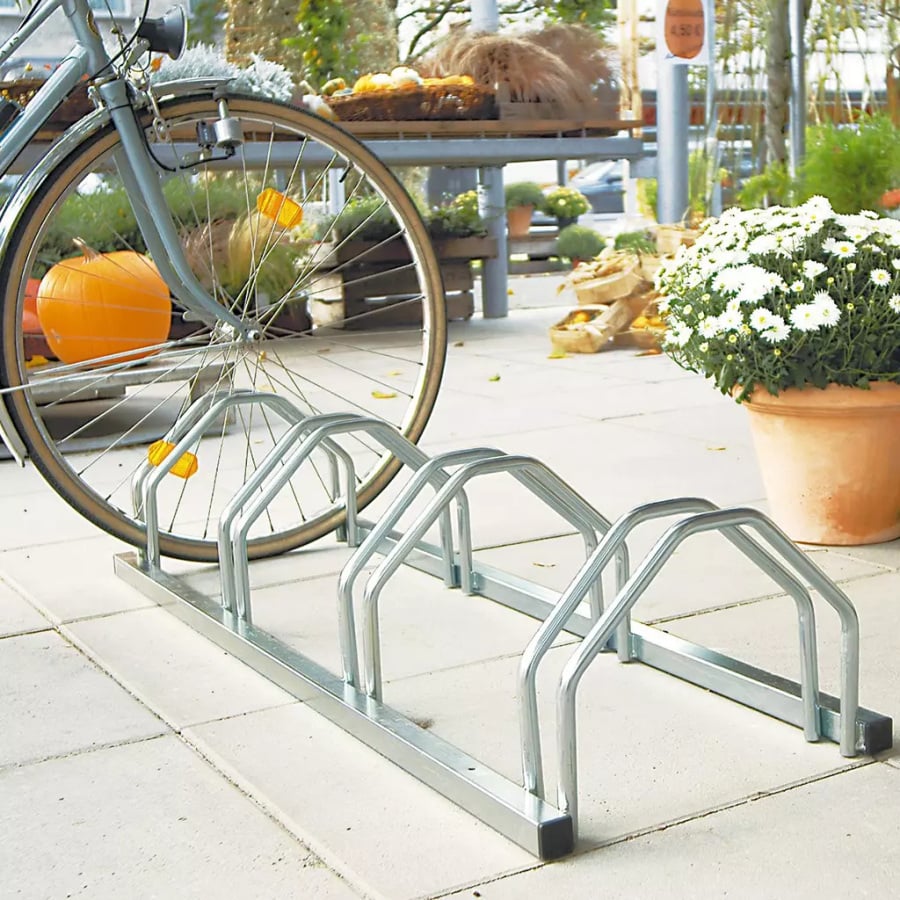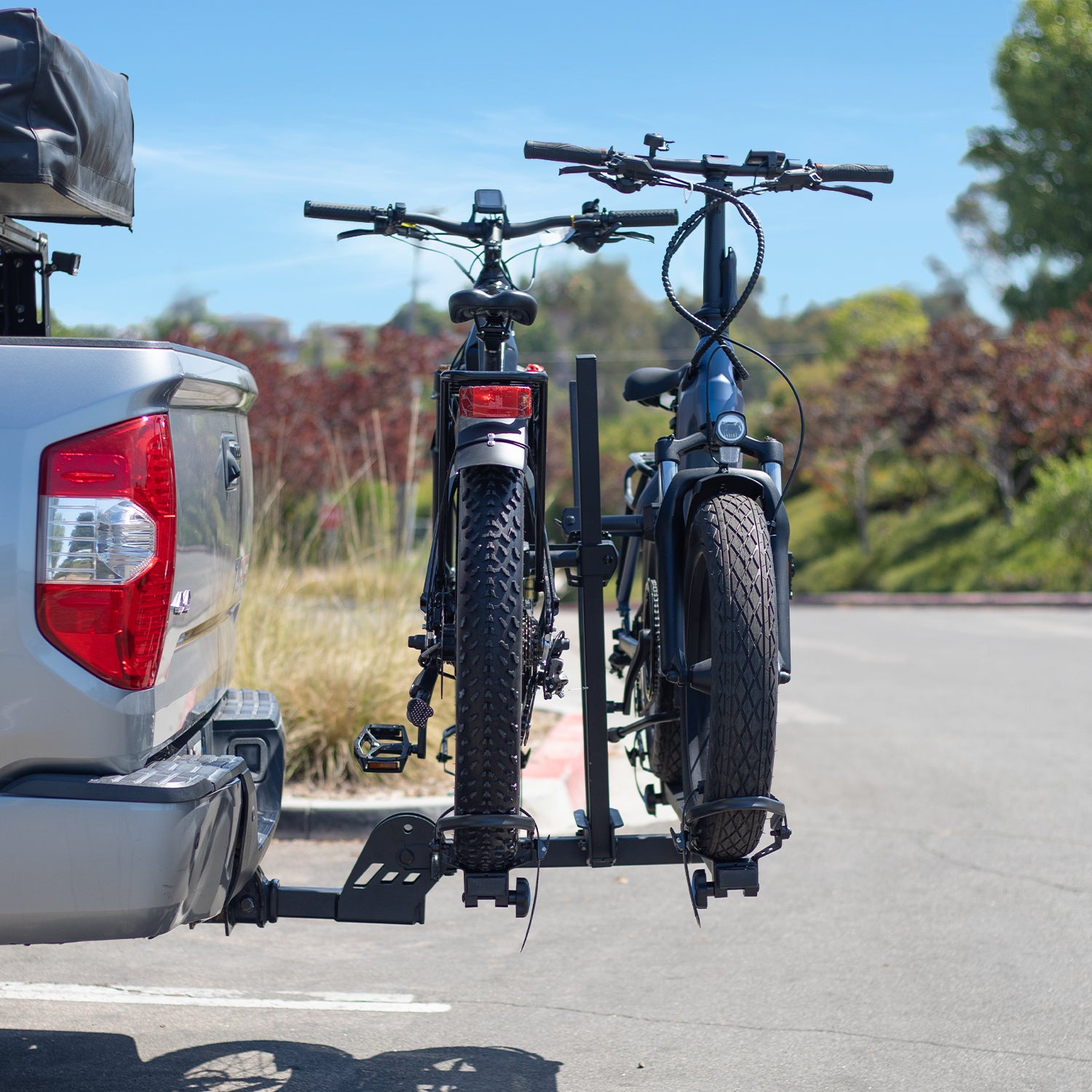Discover the Various Types of Bike Shelf and Their Practical Applications for Cycling Enthusiasts
The selection of bike Racks readily available today deals with the diverse needs of biking lovers. From freestanding to wall-mounted options, each layout offers special benefits for storage and transport. Mobile Racks additionally offer versatility for those on the action. Choosing the ideal type needs cautious factor to consider of specific requirements. Comprehending these variables can make a significant difference in both comfort and safety and security for cyclists. What are the essential factors to consider when choosing a bike shelf?
Recognizing Bike Shelf Keys In
Various sorts of bike Racks satisfy the diverse requirements of bicyclists. Among one of the most typical are freestanding shelfs, usually found in urban areas, which allow multiple bikes to be secured in a compact space. Wall-mounted Racks serve those with limited floor room, providing an effective option for home storage space. Furthermore, mobile bike shelfs, designed for convenience of transportation, allure to bikers who frequently take a trip.

Hitch-Mounted Bike Racks
Hitch-mounted bike Racks provide a functional option for moving bikes, but comprehending their setup process is vital for efficient use. Users must also take into consideration the weight ability of these Racks to assure security and stability while traveling. Additionally, compatibility with numerous automobile kinds plays a considerable role in identifying the right rack for individual demands.
Installation Refine Introduction
When choosing a hitch-mounted bike rack, recognizing the setup process is crucial for assuring security and convenience. Initially, the individual must validate compatibility in between the lorry and the shelf's hitch receiver. Many Racks are designed for either 1.25-inch or 2-inch receivers. After selecting the proper rack, the installation starts with protecting the rack right into the hitch receiver and tightening up the hitch pin or screw to avoid activity. Proper placement is important to determine the shelf does not block tail lights or permit plates. As soon as set up, it is recommended to check for stability by using slight stress to the shelf. Following the supplier's instructions will assure a successful setup, advertising a safe biking experience on the roadway.
Weight Capacity Considerations

Compatibility With Lorry Types
Choosing the appropriate bike rack includes verifying compatibility with different lorry kinds. Hitch-mounted bike Racks are developed to connect to the back drawback receiver of a vehicle, making them suitable for a vast array of vehicles, suvs, and cars and trucks. Nonetheless, it is vital to inspect the hitch class and weight capability to verify an appropriate fit. The majority of hitch-mounted Racks are compatible with 1.25-inch and 2-inch receivers, accommodating vehicles geared up with suitable hauling abilities. Furthermore, individuals must consider their lorry's height and design, as some Racks may obstruct rear gain access to or need added clearance. Inevitably, comprehending lorry specifications confirms that biking enthusiasts can safely transfer their bikes without endangering safety and security or functionality.
Trunk-Mounted Bike Racks
Trunk-mounted bike Racks use a practical service for bicyclists looking for a reliable method to carry their bikes. Recognizing the installation procedure is crucial for excellent use, as inappropriate setup can cause safety issues. Furthermore, considering the weight capacity of these Racks guarantees that they can firmly hold the bikes without danger of damage or failing throughout transit.
Installation Process Summary
Numerous cycling fanatics appreciate the comfort of trunk-mounted bike Racks for their simplicity of use and flexibility. The installation process commonly starts with unpacking the rack and familiarizing oneself with its components. A lot of Racks come with adjustable bands and hooks developed to safeguard them to the car's trunk or hatch. Customers should confirm the shelf is positioned appropriately, aligning it with the car's shapes for stability. Complying with the supplier's instructions, the bands are then tightened up securely, ensuring a snug fit. It is necessary to check that the shelf does not obstruct the lorry's lights or permit plate. Verifying that all links are safe and secure before loading bikes is important for risk-free transport. Correct installation enhances both security and effectiveness throughout biking trips.
Weight Capability Considerations
When considering a bike rack for transporting bicycles, weight capability is a crucial variable that can not be neglected. Trunk-mounted bike Racks commonly have weight limitations that differ relying on the version and layout. It is vital for users to check these specs to assure they do not go beyond the recommended weight, as doing so can jeopardize both safety and security and lorry honesty. The majority of trunk-mounted Racks can support 1 or 2 bikes, with a consolidated weight ability varying from 70 to 120 pounds. Bicyclists must additionally consider the weight of their bicycles, especially if they have heavier designs like electrical bikes. Correctly matching the shelf's weight ability with the bikes' weights ensures a safe and safe and secure transport experience.
Roof-Mounted Bike Racks
Roof-mounted bike Racks use a streamlined option for delivering bicycles, giving bicyclists with the benefit of maximizing freight space. These Racks are created to hold bikes securely atop the lorry, permitting very easy access to the back of the automobile and preventing blockages to the license plate or tail lights. They are suitable for individuals who regularly travel with their bikes, as they can fit various bicycle designs and sizes.
Setup typically includes affixing the rack to the automobile's bars, guaranteeing a risk-free and stable fit. Roof-mounted Racks are usually aerodynamic and light-weight, which can lead to enhanced fuel effectiveness contrasted to other sorts of racks. Nevertheless, customers ought to think about the elevation of their vehicle when packing and dumping bikes, as well as prospective obstacles when entering garages or low-clearance areas. In general, roof-mounted bike Racks use a versatile and effective option for devoted bicyclists on the go
Wall-Mounted Bike Racks
Wall-mounted bike Racks supply a reliable option for bikers seeking to take full advantage of minimal area while firmly saving their bikes. These Racks are ideal for city occupants or those with tiny garages, as they boost bikes off the ground and use vertical area. Made from durable materials, wall-mounted alternatives can suit different bike types, including road, hill, and crossbreed bikes.
Setup is simple, enabling users to place them in garages, cellars, and even outside spaces. Several layouts enable one or several bikes, making them versatile for specific or household use. Additionally, some wall-mounted Racks come with incorporated locks or safety functions to discourage theft, boosting assurance for bicyclists.
Portable Bike Racks
Mobile bike Racks use bicyclists a flexible and hassle-free option for transporting their bikes. These Racks are made for simple setup and removal, making them perfect for those who need to frequently switch in between locations or cars. Normally light-weight and portable, mobile bike Racks can be conveniently stored in a trunk or garage, alleviating the worry of long-term installations.
There are numerous types of portable bike shelfs, including hitch-mounted, trunk-mounted, and roof-mounted alternatives, each accommodating various lorry types and bicyclist choices. Hitch-mounted Racks offer security and ease of access, while trunk-mounted Racks are usually much more flexible and economical. Roof-mounted Racks are terrific for maximizing cargo room but may need some training.
Choosing the Right Bike Rack for Your Requirements
Just how can one determine the very best bike shelf to match their specific cycling demands? Recognizing the right bike rack entails evaluating a number of variables. One need to think about the type of car utilized for transport, as Racks are developed for different mounting systems, such as trunk, drawback, or roofing. Next, the variety of bikes to be lugged is essential; some Racks suit just one, while others can hold several bikes effectively. Additionally, determining the weight and frame design E Bike Rack of the bikes is considerable, as specific Racks are better suited for larger or distinctively shaped bicycles. Intended use ought to be taken right into account; regular travelers might prefer an extra mobile option, while periodic users may prioritize simpleness and ease of setup. By thoroughly considering these considerations, people can select a bike rack that fulfills their requirements and boosts their cycling experience.

Often Asked Concerns
Can Bike Racks Accommodate Different Bike Sizes and Styles?
Bike Racks vary in layout, making it possible for holiday accommodation for various bike sizes and designs. Some Racks include adjustable components, while others are especially tailored for sure bikes, making certain safe storage and easy access no matter of the bike's specs.
How Do I Properly Safeguard My Bike on a Rack?
To effectively safeguard a bike on a shelf, one ought to guarantee the structure and wheels are securely secured utilizing straps or locks, looking for stability and protecting against motion during transportation to avoid damages.
Are Bike Racks Easy to Get Rid Of and set up?
Bike Racks differ in setup complexity, but several are developed for user-friendliness. Removable designs usually offer simple setup and elimination, while permanent setups might require tools and more time, relying on the details layout.

What Materials Are Bike Racks Typically Made From?
Bike Racks are normally made from products such as steel, aluminum, and plastic. Hitch Bike Rack. Steel supplies longevity and toughness, while light weight aluminum uses light-weight mobility. Plastic choices are typically created for simplicity of use and affordability
Do Bike Racks Affect Fuel Performance When Driving?
The inquiry of whether bike Racks influence fuel efficiency when driving is significant. Researches show that bike Racks can boost aerodynamic drag, potentially leading to lowered gas effectiveness, especially at higher rates or with extra weight.
After selecting the ideal shelf, the setup starts with securing the rack into the drawback receiver and tightening up the hitch pin or screw to avoid movement. Roof-mounted Racks are frequently wind resistant and light-weight, which can lead to improved gas effectiveness compared to other kinds of racks. Hitch-mounted Racks provide security and accessibility, while trunk-mounted Racks are usually a lot more affordable and versatile. Next, the number of bikes to be brought is important; some Racks suit just one, while others can hold multiple bikes successfully. Bike Racks differ in design, allowing accommodation for various bike sizes and designs.